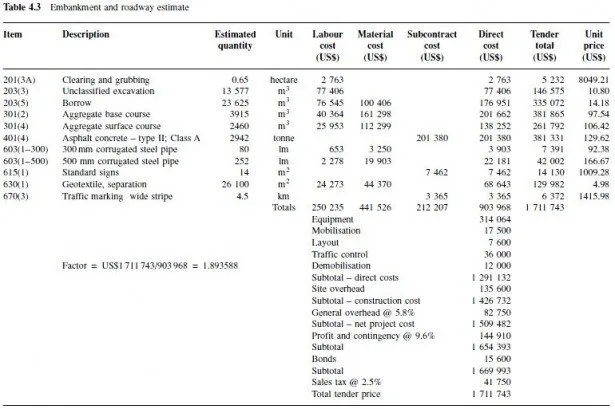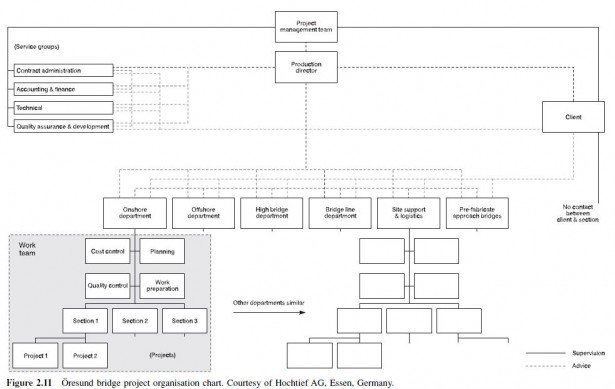This book is organised around the typical pattern of the flow of the project work from its inception to its closeout and termination. Every project, not just those in the construction industry, goes through a series of identifiable phases, wherein it is born, it matures, it carries through to old age and it expires. A software development project manager, for example, might define the following phases in the projects life cycle: initial proposal, process engineering requirements analysis, process engineering specifications, design, development, testing, deployment and support (Vision7 Software, 2002). Likewise, a project that results in the development of a new product might contain the following phases: conceptual, technical feasibility, development, commercial validation and production preparation, full-scale production and product support (Babcock and Morse, 2001). Although there may be some overlap in the phases, the work generally flows from the first phase to the last, with the outcome of one phase providing the basis for efforts carried out in the phase that follows.
So it is also with construction projects. In this book, we identify six phases in the construction project life cycle, each with its own purposes and characteristics. First, the owner must make certain pre-project decisions. Then the planning and design of the project is carried out. Next, the contractor is selected, after which the contractor mobilises in order to carry out the field operations. The field work that the lay person often considers to be construction can be considered a separate phase. Lastly, the project must be terminated and brought to a close; because these activities are distinct from the installation work, we separate them into a distinct, final phase. Figure 1.6 is a conceptual diagram that shows the various phases in the typical construction project life cycle. It also shows the amount of funds the owner might commit by the end of each phase, as a percentage of the total project budget. To attempt to understand the management of construction by organising the study on the basis of the project life cycle may be somewhat arbitrary, because there is admittedly some overlap between phases and thus some duplication in the presentation. However, this deliberate design of the book will provide a logical basis for tracking the projects activities and understanding the roles of the people responsible for those activities, from the time the owner first conceives the idea for a construction project until that point when the contractor has vacated the site for the final time.
Structured in this way, each chapter provides a description of one of the projects phases. The result should be an understanding not only of the importance of each phase individually but also of the way they interrelate to form an integrated whole project. We begin with a brief overview of each of the six phases of the construction project life cycle.

